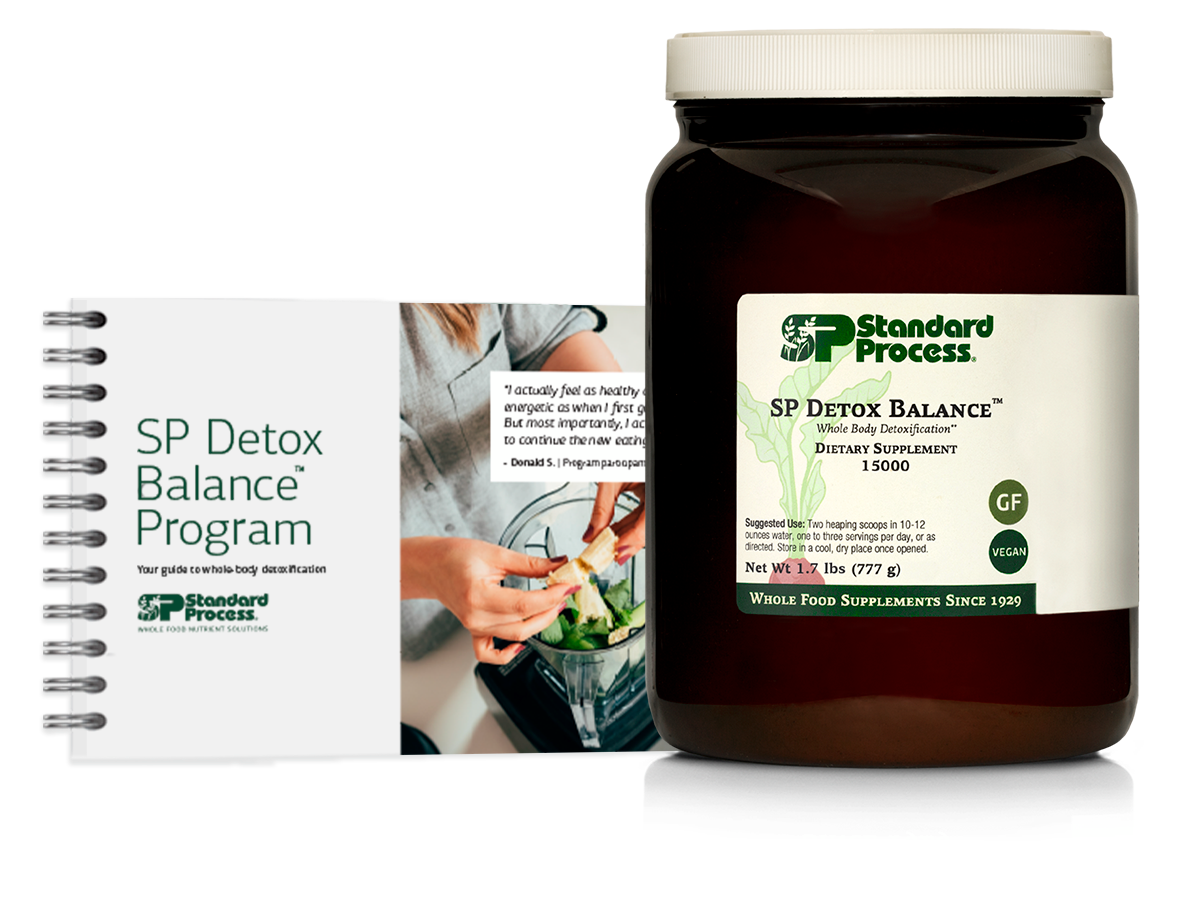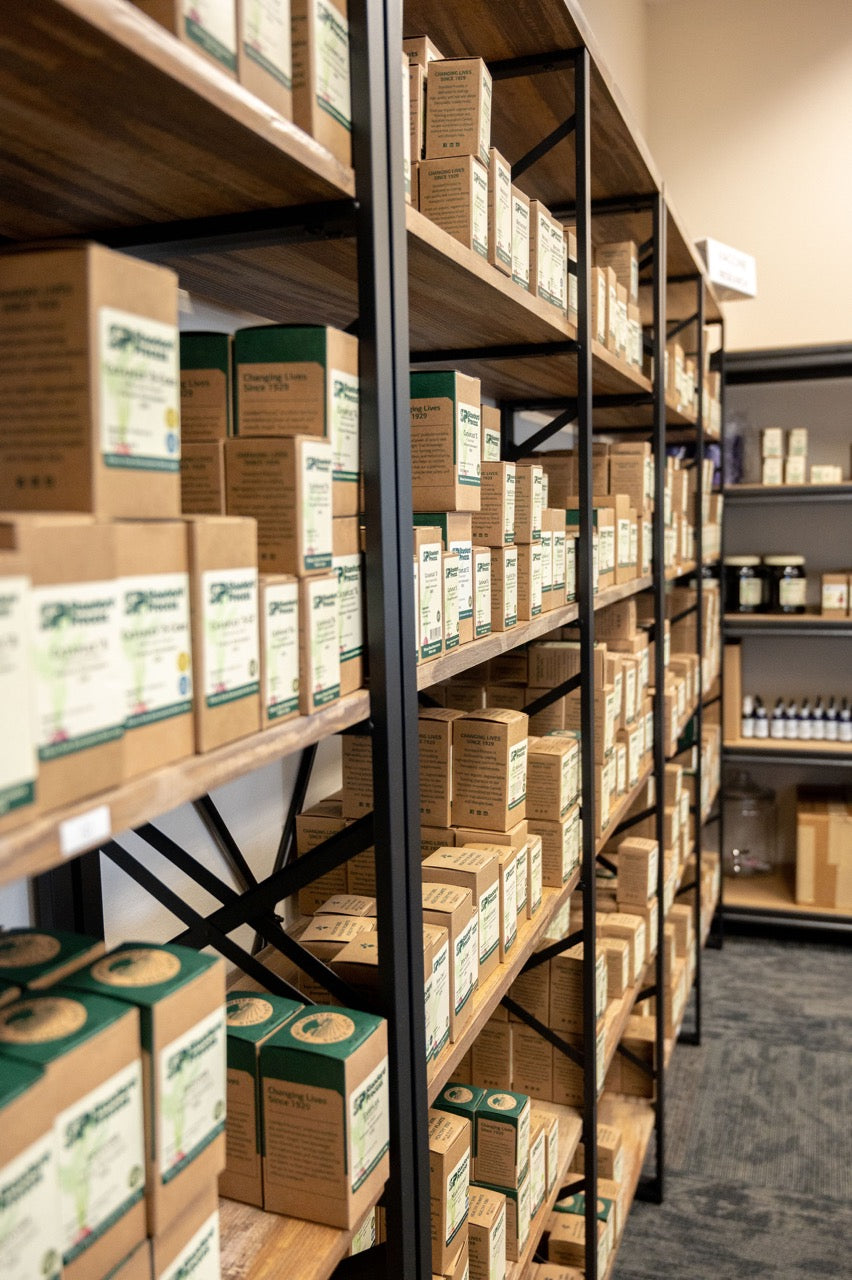Zinc Oxide Toxicity
Zinc oxide (ZnO), an inorganic compound that appears as a white powder, is used frequently as an ingredient in sunscreens, cosmetics, and it is added into certain “food” products. In early animal models, it was found to be non-toxic. However as newer research comes it out, we are finding that it actually does cause harm to animals, and possibly humans.
How Much Zinc Oxide Is Toxic?
We know that zinc oxide often serves as the active ingredient in SPF-containing cosmetic products and sunscreens designed to help stop Vitamin D production in the skin. The higher the SPF, the more zinc oxide a product is likely to have.
According to a collaboration that included Oregon State University scientists, it was found that zinc oxide, a common ingredient of sunscreens becomes toxic after two hours being in the sun. Some of the older sunscreens may also contain oxybenzone, which has now been discontinued and won’t be found in newer sunscreens because of concerns that it harms coral reefs. The scientists even said, “zinc oxide particles are leading to degradants whose introduction to aquatic ecosystems is environmentally hazardous.”
Where Else Is Zinc Oxide Found?
Zinc oxide can be found in many common products including sunscreen, calamine lotion, astringent, breakfast cereals, paint, and more.
Zinc oxide is commercially used in common household products such as:
- Sunscreen – Zinc oxide prevents your skin from using UVA and UVB rays to produce Vitamin D.
- Calamine lotion - Zinc oxide is a primary colorant agent
- Breakfast cereals - Zinc oxide is added to artificially boost the labels claims in breakfast cereals and other foods to make it seem like you are getting sufficient dietary zinc.
- Household Paint – Zinc oxide contributes to the white pigment and reflective properties.
Other known toxic ingredients in sunscreens include oxybenzone, octinoxate, octisalate, octocrylene, homosalate and avobenzone, which all are known to be systemically absorbed into the body after one use (Matta 2019, Matta 2020), according to studies published by the FDA, which also found that they could be detected on the skin and in the blood weeks after no longer being used (Matta 2020)

Sunscreens are filled with toxic chemicals and zinc oxide is known to stress the detox organs leading to possible kidney or liver challenges.(1) Start avoiding it suncreens or cosmetics that contain these toxins. Support your body to naturally detox them (along with other heavy metals and chemicals). Nourish your body with Vitamin F rich foods and an ionizable calcium instead when out in the sun for prolonged periods of time.
The sun helps our bodies to produce Vitamin D, which draws calcium from the skin. It’s Vitamin F that comes to the rescue to restore healthy calcium levels back in the skin before we start to burn or get chapped lips. For most people, it’s best to start taking 1 tablet a day. Then on days with extra sun exposure, increase the number of tablets for that day. For people with fair skin and extreme sun exposure, the dose can be as high as 15 tablets of Cataplex F for that day and 1 or 2 tablets of Calcium Lactate.
If someone forgets to take enough Cataplex F and develops a burn, they can apply USF Ointment (which is topical Vitamin F) topically for faster healing from the burn. If blisters form, apply Chlorophyll Ointment instead for faster healing support to the skin. Just be cautious as the chlorophyll will easily stain any clothing it comes in contact with.
If you suspect you have zinc oxide toxicity or dealing with challenges from other sunscreen chemical ingredients and want to support your body’s natural detoxification processes book an initial consultation HERE





